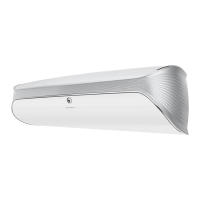
Do you have a question about the Gree GWH09AKC-K6DNA1A/I and is the answer not in the manual?
| Brand | Gree |
|---|---|
| Model | GWH09AKC-K6DNA1A/I |
| Category | Air Conditioner |
| Language | English |
Guidelines for safe operation and routine upkeep of the air conditioner.
Information related to the installation and connection of the unit's components.
Specifies the operating temperature limits for cooling and heating modes.
Describes functions like anti-freezing, defrosting, anti-cold air, waste heat blow, and photosensitive display.
Explains how the unit detects people for automatic adjustments and energy saving.
Details the process for automatic cleaning of the indoor heat exchanger.
Explains the air louver's reset after power issues and safe operation during closure.
Identifies components of the indoor unit, including air inlet, panel, and display.
Provides an overview and explanation of all buttons on the remote controller.
Details buttons for temperature adjustment, mode selection, and air swing functions.
Explains timer settings and the function of the light button.
Explains fan speed adjustments, sleep mode buttons, and auxiliary heating control.
Explains different sleep modes (1-4) including custom DIY settings.
Covers the I SENSE button and smart modes for intelligent air supply.
Instructions for operating the unit when the remote controller is lost or damaged.
Instructions for cleaning the air inlet grille, panel, and filters.
Steps for dismantling, cleaning, and reassembling the air guide louvers.
Guidelines for pre-season and post-season checks, and unit disposal.
Troubleshooting common issues like no remote response or no air emission.
Lists error codes and their corresponding troubleshooting steps for abnormal operation.
Requirements for personnel performing installation and maintenance on systems using flammable refrigerants.
Important considerations for installing the unit, including room area and leak testing.
Procedures for filling, handling, and storing refrigerant safely.
Safety instructions for transporting and storing the air conditioner unit.
Guidance on choosing appropriate locations for the indoor unit based on basic requirements.
Essential safety measures for electrical connections, including wiring and grounding.
Details the importance and methods of proper grounding for electrical safety.
Recommends and confirms the best location for the indoor unit with the client.
Step-by-step guide for installing the wall-mounting frame securely on the wall.
Instructions for drilling the piping hole, including size and slant angle for drainage.
Guides on leading the pipe out from different directions and cutting the bottom case if needed.
Steps for connecting the pipe joint to the bellmouth and tightening with a torque wrench.
Details on connecting the drain hose to the outlet pipe and using insulating pipe.
Steps for opening the panel, connecting wires to the terminal, and securing the cover.
Guides on routing the power connection wire, connecting to the terminal, and securing it.
Instructions for binding the connection pipe, power cord, and drain hose together.
Steps for placing the indoor unit onto the wall-mounting frame and sealing gaps.
Lists items to check after installation to ensure proper function and prevent malfunctions.
Procedures for preparing and conducting the test operation to verify the unit's performance.
Specifies the standard, minimum, and maximum lengths for connection pipes based on unit capacity.
Provides tables and methods for calculating additional refrigerant charging amounts based on pipe length.
Outlines safety checks for installations using flammable refrigerants, including room size and ventilation.
Emphasizes initial safety checks for electrical components during repair and maintenance.
Details procedures for checking the presence of refrigerant and ensuring a safe working atmosphere.
Mandates the availability of fire extinguishers and ensuring adequate ventilation during hot work.
Ensures electrical components are fit for purpose and maintenance guidelines are followed.
Procedures for repairing sealed components, including safety measures for electrical supply.
Guidelines for repairing intrinsically safe components, ensuring compatibility with flammable atmospheres.
Checks cabling integrity and prohibits using open flames for refrigerant leak detection.
Steps for safely decommissioning the unit, including refrigerant recovery and system isolation.
Specifies the labeling requirements for de-commissioned equipment, especially concerning flammable refrigerants.
Details best practices for safely recovering refrigerant, using appropriate cylinders and equipment.
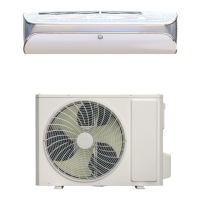

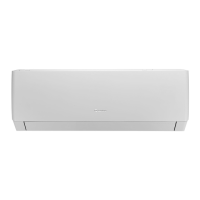
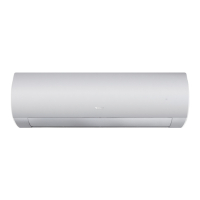
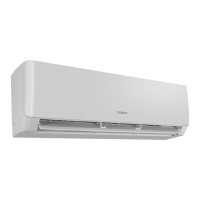

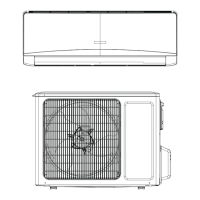
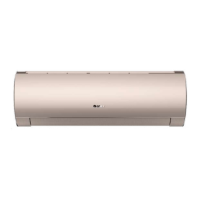
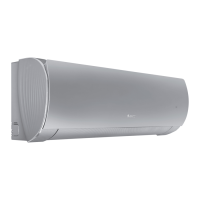


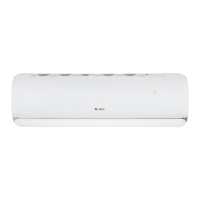
